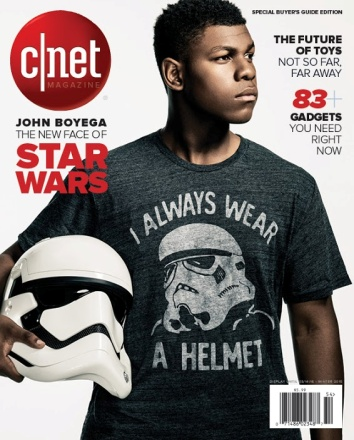 When they launched in print, the idea caused some serious waves. Now? It’s all about using the right channel for the right content, says CNET’s top editor.
When they launched in print, the idea caused some serious waves. Now? It’s all about using the right channel for the right content, says CNET’s top editor.
Eighteen months after CNET debuted their magazine, how does the company feel about their decision to launch a high-quality print title for a technology-driven brand?
“We’re platform agnostic. It’s all about the reader and how they want to consume content,” said Connie Guglielmo, according to Ellen Harvey in Publishing Executive.
Harvey cites an article by Samir “Mr. Magazine” Husni in which he interviews Guglielmo about the magazine and how it fits into the overall brand.
“CNET is a media company that covers tech and provides our content in a variety of mediums. When we started out it was actually a cable TV channel; then we went onto the web,” Guglielmo says.
“We were one of the first to do broadcast-quality video online; of course we do photography and we have a staff of photojournalists, which a lot of news organizations no longer have. We have mobile apps, of course, and we engage in social media. So, when you look at all of the various platforms that CNET provides its content to; print was actually a platform that we were not invested in.
“When we looked at the opportunity to do a print magazine, we thought about it and we realized that the magazine publishing world was going through a challenge, but we do believe that people still like to read some content in print,” she continued.
Indeed they do. When CNET launched the magazine in late 2014, the idea of a digital-first company moving to print was still new enough to cause waves. Indeed, one online comment in a Talking New Media article at the time declared that CNET had “jumped the shark” with this move.
If you call brand building on solid platforms jumping the shark, well, okay, but we call it making a strategic leap to an underutilized channel that can only strengthen your brand.
The luxurious appeal of print is not lost on readers and high-end advertisers, and that also goes for tech fans and digital natives who totally get the tactile appeal of a magazine.
Jumped the shark? Hardly. More like bridged the gap toward an audience-first approach. That doesn’t bite.
